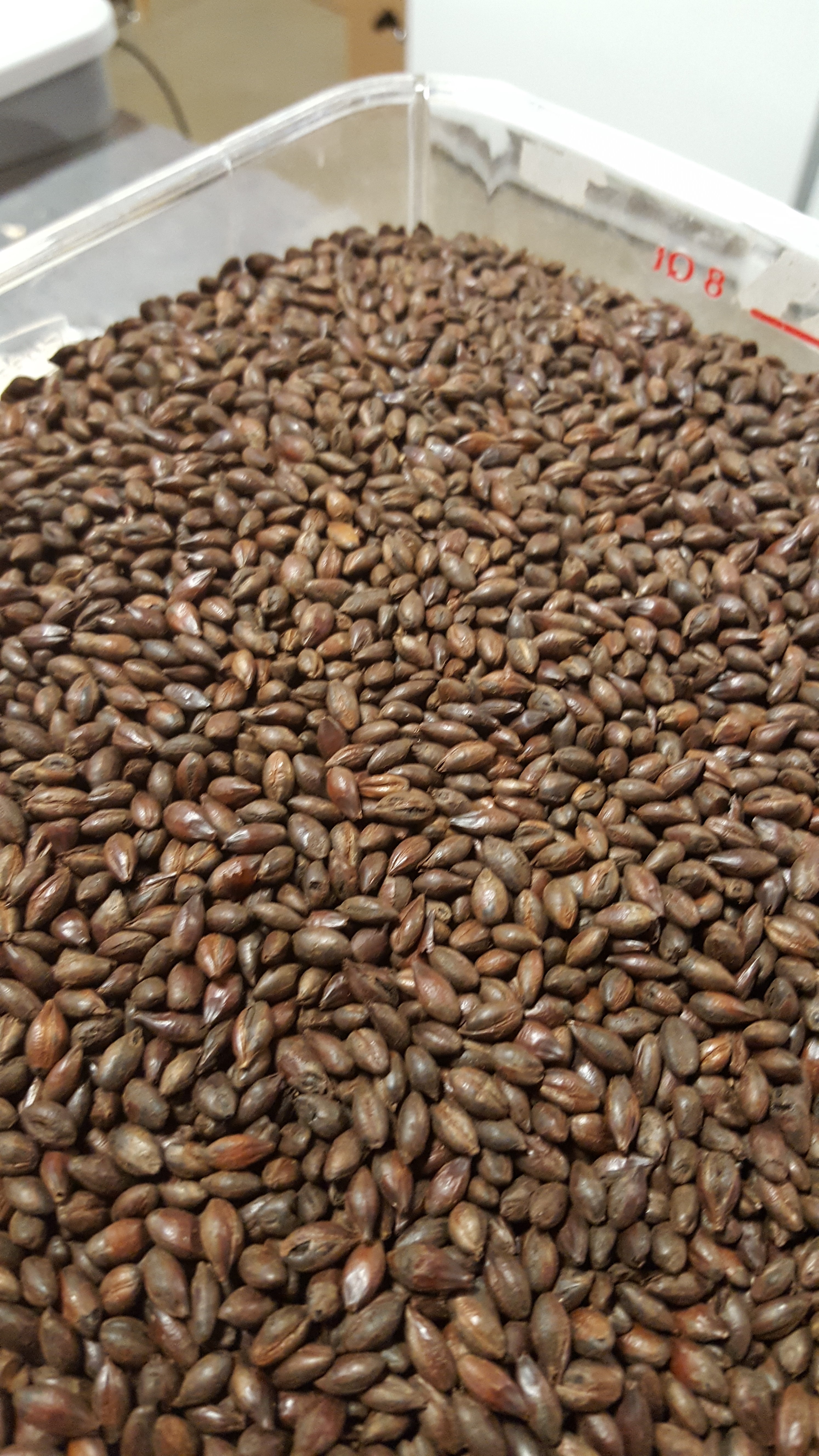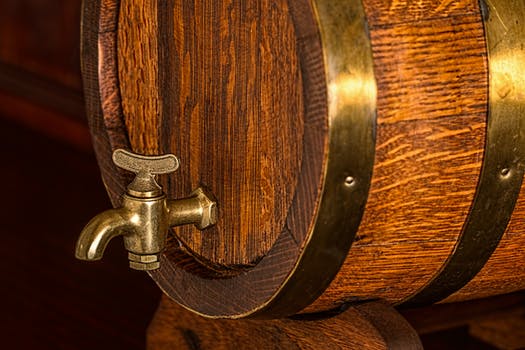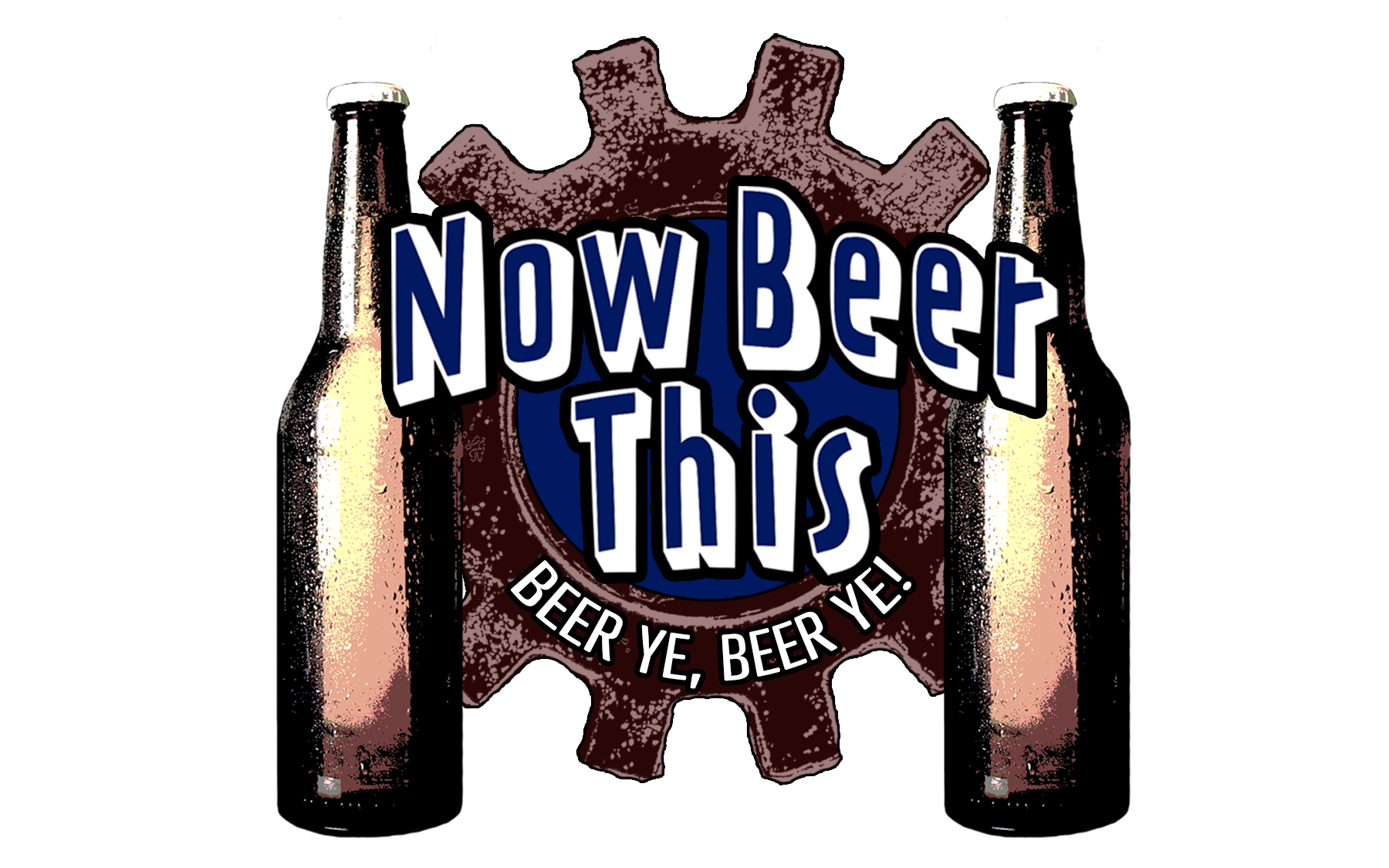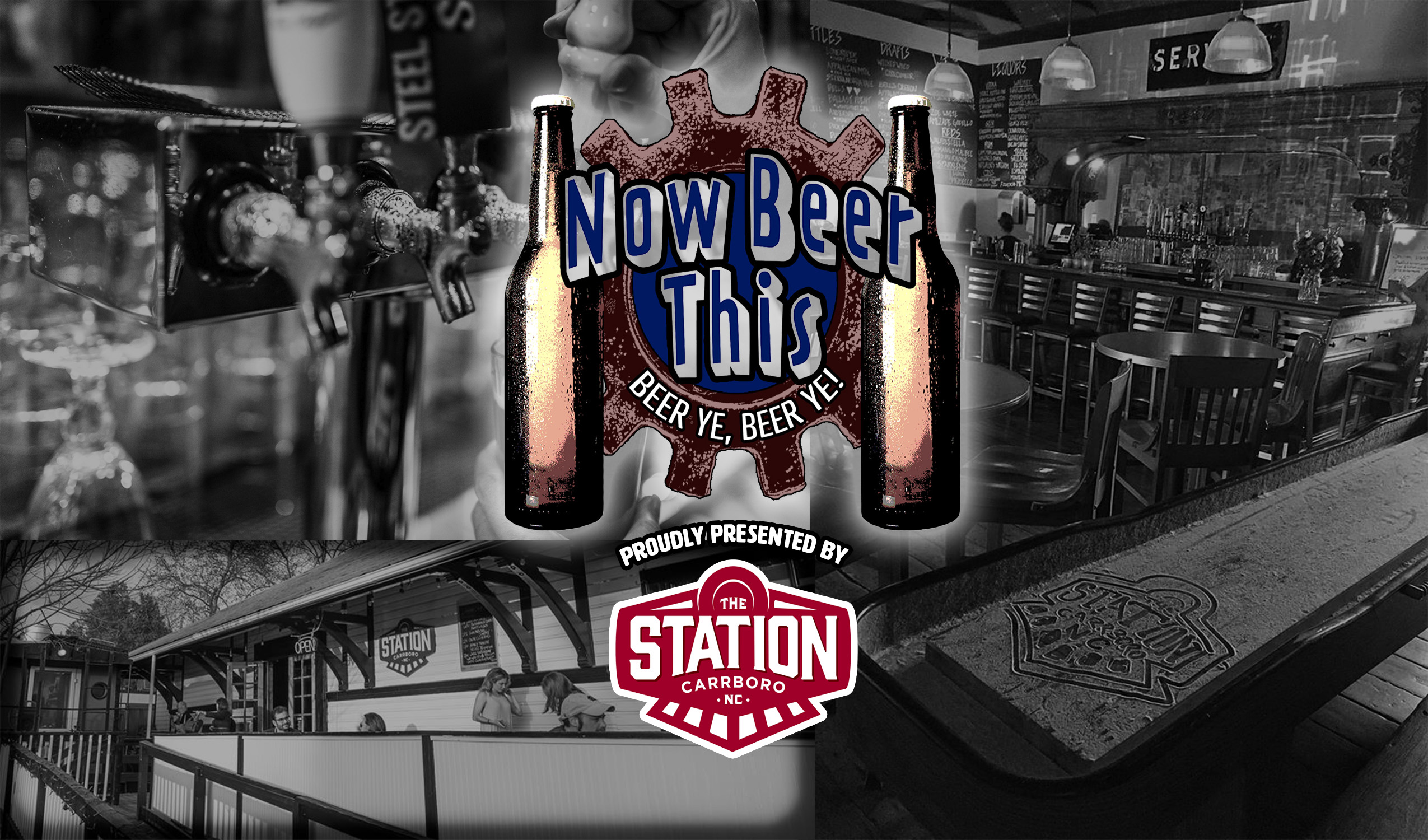Normally, I like to share with you my latest favorite brewery, an interesting beer style or beer/food pairing ideas. That’s tons of fun. But have you ever wondered what, exactly, makes beer? Well get your paddle, grab your notebook and grow yourself a beer-d (see what I did there?), because I’m going to walk you through brewing beer.
In this edition of “Now Beer This,” I will go over a basic brewing process. Of course, this isn’t the only way to make beer, but it’s a pretty basic and traditional one. I’ll try not to murder you with pedantic brew speak, but I’m not going to try that hard because the words are so boss.

One way to think about beer is that it’s grain soup — soup flavored with hops and fermented by yeast. Sounds simple, but there’s a lot that goes into it. First, the grain! Most beers are made with malted barley. The malting process is where the grain is allowed to begin to germinate but then it’s cooked to freeze that process, which puts the sugars and the enzymes in the barley in the perfect state to be manipulated by the brewer. The base malt used by the brewer provides the sugars that will feed the yeast (more on that later) as well as some more complex sugars that aren’t eaten by the yeast and impart flavor. Special malts might be added to this mix to add further flavors and color. This is where dunkels get syrupy, stouts get roasty, and wheat beers get wheaty.
But what do you do with those grains? You mash them, that’s what. Mashing is the process of soaking the grains in hot liquor normally between 145 degrees and 155 degrees F. “Liquor” is what brewers call water in the brewing process because we like to sound special and mysterious — and we like to confuse people, which is maybe why we make alcohol. Higher mashing temps make for sweeter, less alcoholic beers, while lower mashing temps make for dryer/more alcoholic ones. The mashing process takes about one hour, give or take, depending on the style. After which you extract the extremely sweet liquid which is called “wort” but pronounced “wert” because, see above. You might recirculate that wort through the grain to clarify it, which makes your end product more likely to be clear. This recirculation is called the “vorlauf,” and now you have a new swear word to use as you like.
 The wort you’ve lovingly crafted now goes to your brew kettle, where you will boil it for an hour or so, once again depending on the style. During this boil is when you add hops. Why do we put weird little skunky, flower cones in our beer? There are two reasons: First, wort is super sweet, and without the bittering effect of hops, it wouldn’t be nearly as balanced and tasty. Second, hop oils also act as a preservative, which helps your beer to last longer. Depending on how strong your hops are and how bitter of a beer you want to make tells you when to add the hops. The earlier in the boil you add them, the more bitterness they’ll impart; the later you add them, the more aroma they’ll impart.
The wort you’ve lovingly crafted now goes to your brew kettle, where you will boil it for an hour or so, once again depending on the style. During this boil is when you add hops. Why do we put weird little skunky, flower cones in our beer? There are two reasons: First, wort is super sweet, and without the bittering effect of hops, it wouldn’t be nearly as balanced and tasty. Second, hop oils also act as a preservative, which helps your beer to last longer. Depending on how strong your hops are and how bitter of a beer you want to make tells you when to add the hops. The earlier in the boil you add them, the more bitterness they’ll impart; the later you add them, the more aroma they’ll impart.
After the boil, you cool your wort to room temperature and then you pitch your yeast. It’s often said that brewers make wort, but yeast makes beer, and that’s 100% correct. In the process known as fermentation the yeast eats the sugars you’ve extracted from the grains and makes them into alcohol and also perhaps, depending on yeast and conditions, a lot of the beer’s flavor. Belgian beers wouldn’t be Belgian without the spicy bite of their yeast. Hefeweizens wouldn’t be right without their clovey/bubblegum scent. Conversely, Pilsners wouldn’t be right if you did notice any yeast effect, as that’s a hallmark of that style. Depending on your situation, you might also use the fermentation process to carbonate your beer, which is, as the great Yahoo Serious taught us, how we got bubbles in beer.
 Barley, Hops, Water, Yeast. Thanks to the descendants of alchemists, these simple ingredients are transfigured into a tasty, heady beverage that so many people love. If this explanation of the brewing process didn’t put you to sleep, but instead made you more intrigued about the process, then you should look into homebrewing. I wrote an article on that back in October, so check that out. Find a club, or visit Fifth Season or Bull City Brew Supply for some encouragement.
Barley, Hops, Water, Yeast. Thanks to the descendants of alchemists, these simple ingredients are transfigured into a tasty, heady beverage that so many people love. If this explanation of the brewing process didn’t put you to sleep, but instead made you more intrigued about the process, then you should look into homebrewing. I wrote an article on that back in October, so check that out. Find a club, or visit Fifth Season or Bull City Brew Supply for some encouragement.
Go getchoo some! Cheers!





